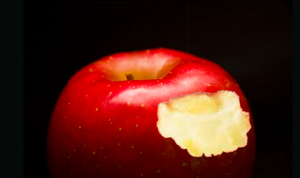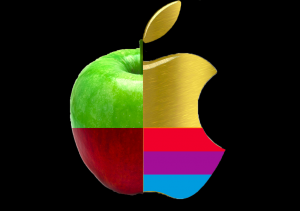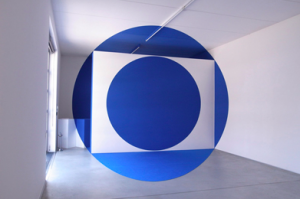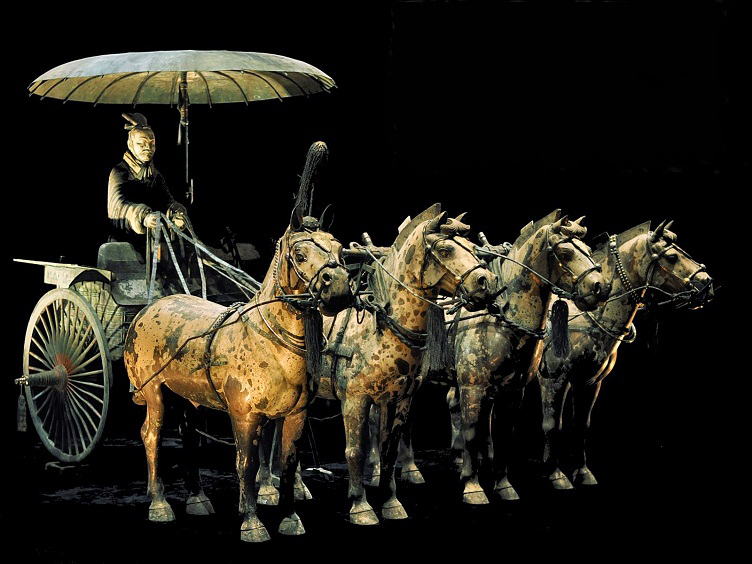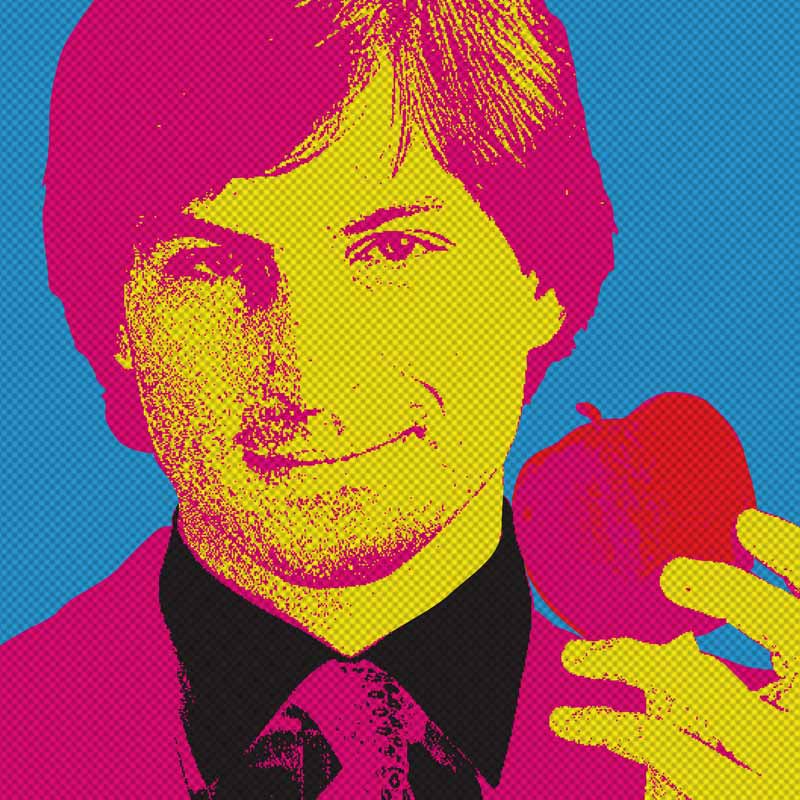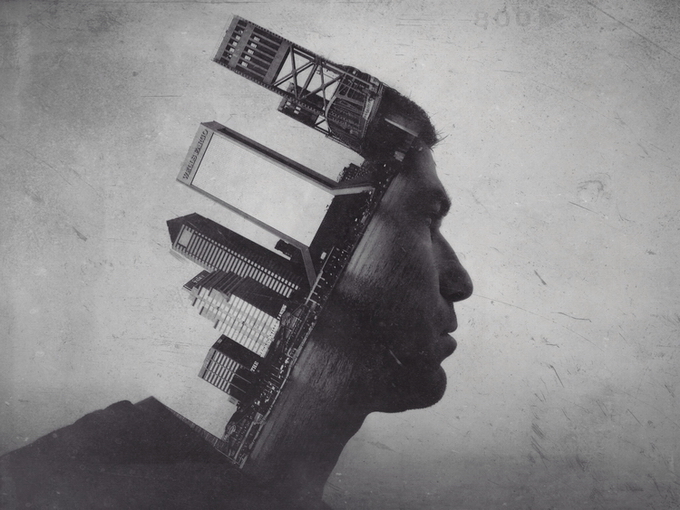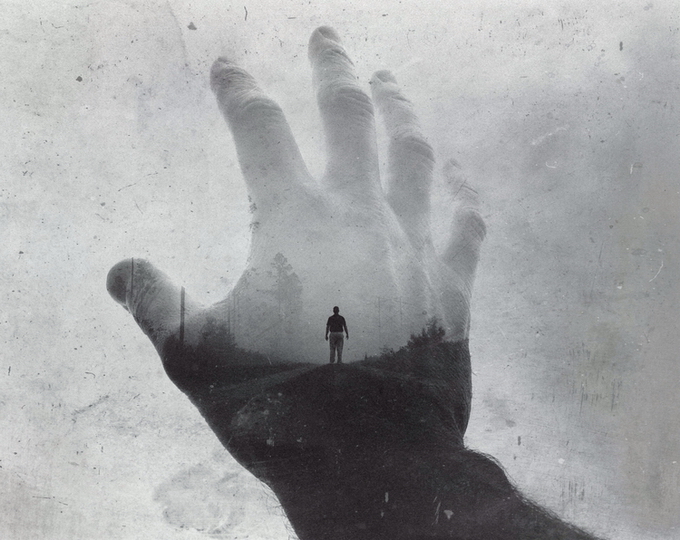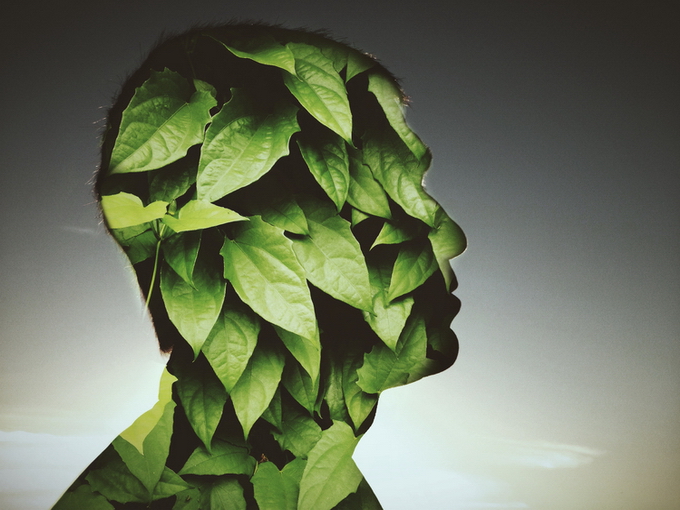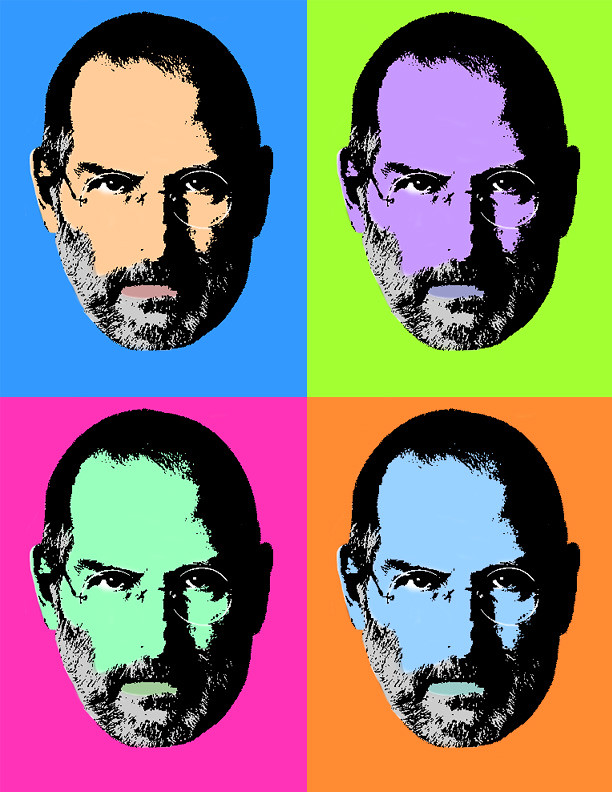A strong belief in the afterlife among the ancient Chinese has played a significant role in Chinese tomb art. They believe in the importance of providing spiritual companionship in the afterlife, and this is expressed through various mediums and diverse forms.1 Some examples include chamber paintings, ritual bronzes and guardian statues. Focusing on statues, we see such an expression of spiritual companionship in the terracotta surrogate soldiers buried with the Qin Dynasty’s Emperor (r. 246-210 B.C.).2 Yet though they share several similarities, of which spiritual companionship for the Qin Emperor is one, the various terracotta warriors also bear several differences. Thus, this essay seeks to compare two such types of figures, a cavalryman (Fig 1) and a charioteer (Fig 2), with regards to their appearance and positioning. Ultimately, it suggests that a charioteer is deemed to be of higher status than a cavalryman terracotta figure.
We first identify the similarities. Both the cavalrymen and charioteers are the only figures accompanied by horses. A charioteer, then called a yushou, drives a war chariot pulled by four horses, which serves as a moving platform for soldiers as they launched their attack onboard. This was a supreme military weapon. Similarly, a cavalryman rides on top of a horse. This serves greater mobility, a larger impact, and a higher position. Furthermore, ownership of heavy cavalry horse and chariots was also a mark of wealth and often associated with higher social status. Hence, this classifies both cavalryman and charioteer into a specific group of above-average status that focuses on agility with their advantage of greater height and speed, setting them apart from the .
Despite these similarities, further analysis on appearance such as clothing and headgear of the two terracotta figures disclose a charioteer’s superiority over a cavalryman. With regards to Figure 3 & 4, a charioteer wears a high hat, and special armor, with sleeves that extended over the hands and a high collar to protect the neck, whereas a cavalryman wears a circular cap and simple armor. The high hat worn by the charioteer demonstrates a higher form of hierarchy with its height as compared to a cavalryman’s flat circular cap.3 Moreover, the charioteer is also equipped with armor that has better protective features as compared to a cavalryman, which only puts on light armor. Hence, the higher grade of clothing and headgear suggests that a charioteer is more elite than a cavalryman.
Next, when observing the two figures in their entirety, it can be seen that there are certain additional objects and features on the chariot, that are absent from a cavalryman’s horse which hints a level of superiority of the charioteers. Firstly, a total of four horses are assigned to each chariot, whereas a cavalryman has only one. Furthermore, a parasol sheltering a figure is noticed on a chariot (Fig 5), while a cavalryman horse does not have. According to Parker, “The use of parasol (chhatra) is an age-old sign of royalty and rank in China, Japan and India” (435).4 Hence, this person is indeed of importance as the use of an umbrella is an indication of high rank in China.
We also get to understand from Chen that this figure on the chariot is a general as “a few charioteers had the honour of taking a command chariot containing a general or high-ranking official” (46).5 Therefore, this exclusivity of the charioteers getting assigned to drive a high-ranking figure suggests a form of superiority over cavalrymen.
Moving on, we address the placement of the two terracotta figures. The positioning of the charioteers was strategically assigned to a more superior part of the formation among the pits. A total of 116 cavalry terracotta soldiers were found in pit 1 & 2, consisting of mainly lower ranked foot soldiers. In contrast, the 130 war chariots were found in all three pits, where pit 3, the smallest of the three is believed to represent the army headquarters or a command post for officials, as there was no sign of attack formation.6 Furthermore, among the war charioteers, high-ranking officials were found in the same pit. This implies that the charioteers were of certain status to be assigned in the same pits as the higher ups.
In conclusion, due to the appearance, features and placement of charioteers and cavalrymen in the terracotta army, it seems that the former has a higher status level compared to the latter. As these terracotta soldiers were created as representations of the soldiers of the Qin Dynasty, we can thus infer that this status difference also existed for the ancient Chinese of the dynasty.
(844 words)
Footnotes
1 Martin Powers, A Companion To Chinese Art (Blackwell Publishing, 2016),105.
2 Ladislav Kesner, “Likeness of No One: (Re)presenting the First Emperor’s Army,” College Art, accessed March 8, 2016, http://www.collegeart.org/pdf/artbulletin/Art%20Bulletin%20Vol%2077%20No%201%20Kesner.pdf.
3 Chen Shen, The Warrior Emperor and China’s Terracotta Army (Canada: Royal Ontario Museum Press, 2010), 46-48.
4 Brandon Parker, The Serpent The Eagle The Lion & The Disk (United States: Lulu.com, 2016), 435.
5 Chen Shen, The Warrior Emperor and China’s Terracotta Army (Canada: Royal Ontario Museum Press, 2010), 48.
6 Jane O’Connor, The Emperor’s Silent Army: Terracotta Warriors of Ancient China (New York City: Viking Books, 2012), 575.
Images

Figure 1. Terracotta Warriors & Horses Exhibition: Cavalryman and Horse. February 16, 2009. Museum of Maaseik, Belgium. www.flickr.com
 Figure 2. A Charioteer and Chariot Horse. Digital image. TheEpochTimes. Accessed March 10, 2016. www.theepochtimes.com
Figure 2. A Charioteer and Chariot Horse. Digital image. TheEpochTimes. Accessed March 10, 2016. www.theepochtimes.com
 Figure 3. Charioteer (detail), Qin dynasty 221-206 BCE. Terracotta. Royal Ontario Museum, Canada. From: Royal Ontario Museum, https://www.rom.on.ca (accessed March 10, 2016).
Figure 3. Charioteer (detail), Qin dynasty 221-206 BCE. Terracotta. Royal Ontario Museum, Canada. From: Royal Ontario Museum, https://www.rom.on.ca (accessed March 10, 2016).

Figure 4. Cavalryman (detail). Qin dynasty 221–206 BCE, terracotta, H. 180 cm (70 7⁄8 in), Qin Shihuang Terracotta Warriors and Horses Museum, Shaanxi. From: Minneapolis Institute of Arts, http://www2.artsmia.org (accessed March 10, 2016).

Figure 5. Geert Lamers, Bronze Chariot of Emperor Xian Terracotta Army Museum. 221–206 BCE. Source: Geert Lamers. 2010. Digital Image. Available from: Flickr, https://www.flickr.com/photos/pipjub/[…] (accessed March 10, 2016).
Bibliography
- Powers, Martin, and Katherine Tsiang. A Companion To Chinese Art. United Kingdom: Blackwell Publishing, 2016.
- Ladislav Kesner, “Likeness of No One: (Re)presenting the First Emperor’s Army.” College Art. Accessed March 8, 2016. http://www.collegeart.org/pdf/artbulletin/Art%20Bulletin%20Vol%2077%20No%201%20Kesner.pdf.
- Shen, Chen.The Warrior Emperor and China’s Terracotta Army. Canada: Royal Ontario Museum Press, 2010.
- Parker, Brandon. The Serpent The Eagle The Lion & The Disk. United States: Lulu.com, 2016.
- O’Connor, Jane. The Emperor’s Silent Army: Terracotta Warriors of Ancient China. New York City: Viking Books, 2012.





















